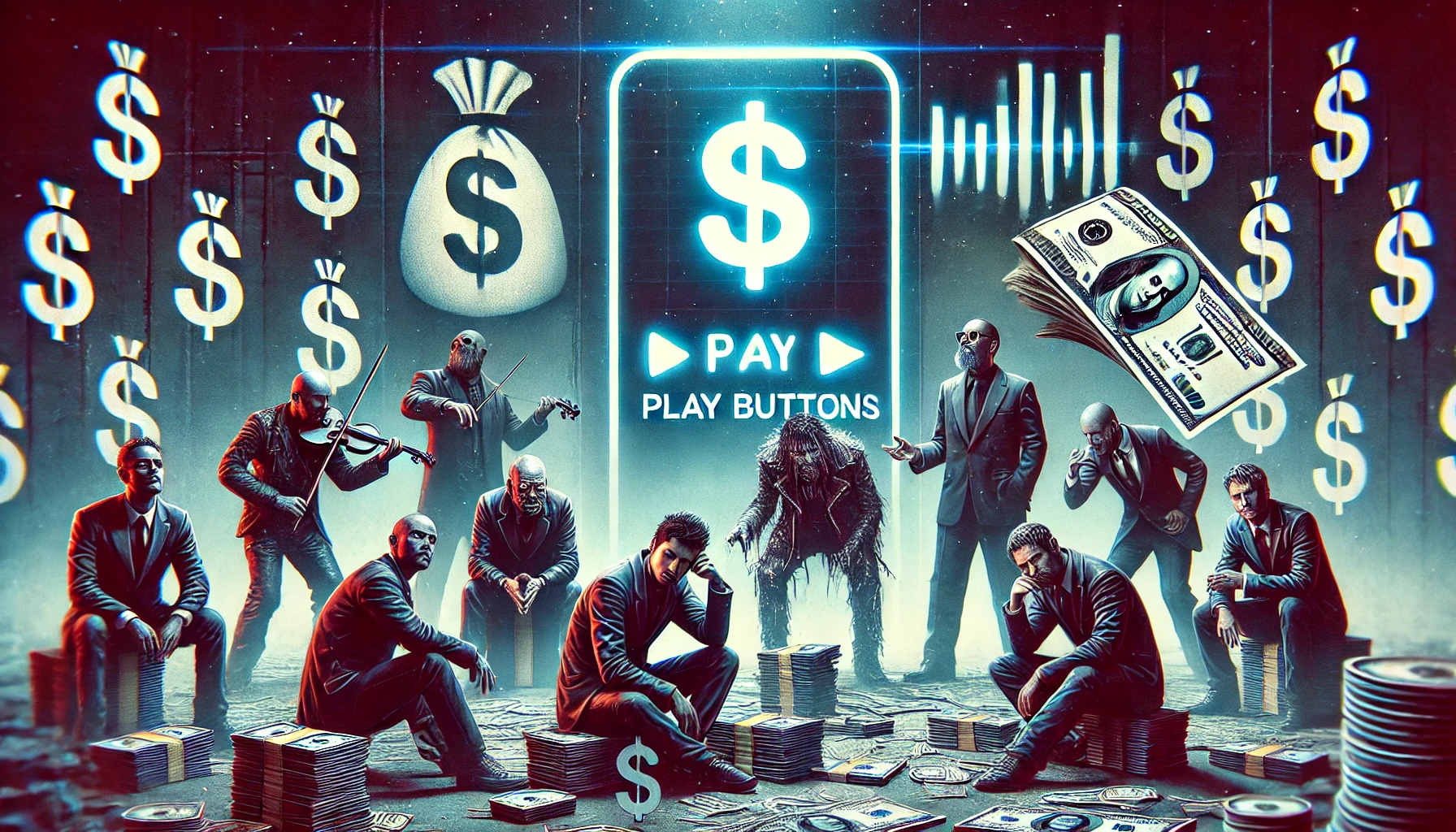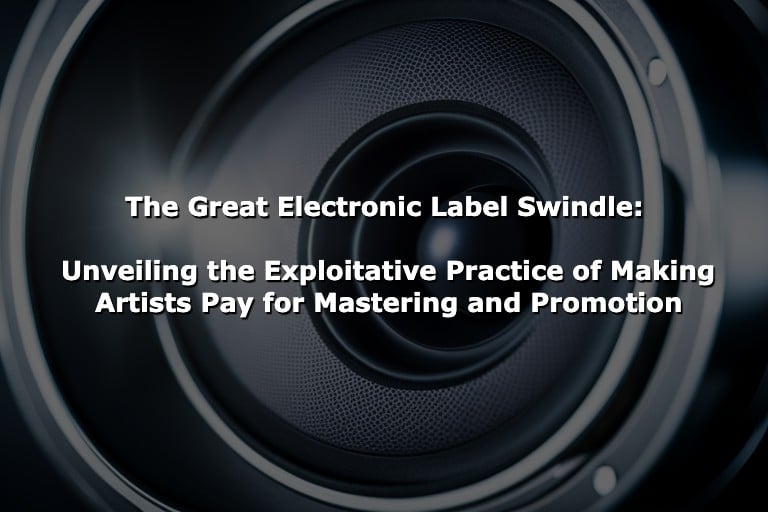
The music industry is buzzing about “Streaming 2.0,” a term pushed by Universal Music Group (UMG) and other major players as the next evolution of music streaming. But what does it actually change? If you strip away the corporate jargon, it becomes clear that Streaming 2.0 is less about streaming and more about squeezing more money out of artists and fans alike.
The Same Old Model with a Fresh Coat of Paint
For years, streaming services like Spotify, Apple Music, and Amazon Music have been criticized for their exploitative payment structures, where artists earn fractions of a cent per stream. Instead of addressing these fundamental issues, Streaming 2.0 repackages the existing system with a few tweaks designed to maximize profits for major labels and platforms. The so-called “innovations” include:
- Superfan Subscriptions: New premium tiers that offer exclusive content—but at an additional cost. Instead of improving artist payouts across the board, labels want superfans to pay extra for content that could have simply been included in existing plans.
- Tighter Control Over Revenue Distribution: The claim that “fraud prevention” and “AI safeguards” will help artists sounds good on paper, but in reality, it gives major labels more control over how streaming revenue is allocated—likely at the expense of independent artists.
- Expansion into Emerging Markets: While this sounds like an opportunity for growth, it’s really just a way for major labels to exploit new audiences with similar underwhelming payout structures.
Who Benefits? (Hint: Not Artists or Fans)
The biggest winners in the Streaming 2.0 era are, unsurprisingly, major record labels and tech giants. By shifting focus from subscriber growth to “ARPU” (Average Revenue Per User), they’re ensuring that more money flows up the chain without significantly changing the per-stream payout system that keeps independent artists struggling.
Meanwhile, consumers are being nudged toward higher-priced subscriptions or microtransactions for content that was once freely accessible. Instead of fixing the devaluation of music caused by streaming services’ low per-stream payouts, the industry is doubling down on new ways to monetize superfans while keeping the same exploitative structures in place.
The Illusion of Progress
Streaming 2.0 is not a groundbreaking transformation—it’s a repackaging of an already broken system. By hyping up changes that primarily benefit labels and platforms, the industry avoids making real, necessary adjustments: fairer payouts, transparency in revenue distribution, and more support for independent artists.
If anything, Streaming 2.0 is a reminder that the biggest players in music will always prioritize profits over fairness. Until artists and fans demand a real change, this so-called “evolution” will be just another industry-backed cash grab.
DEHN/STATIC CORN – We Talk Music Online




